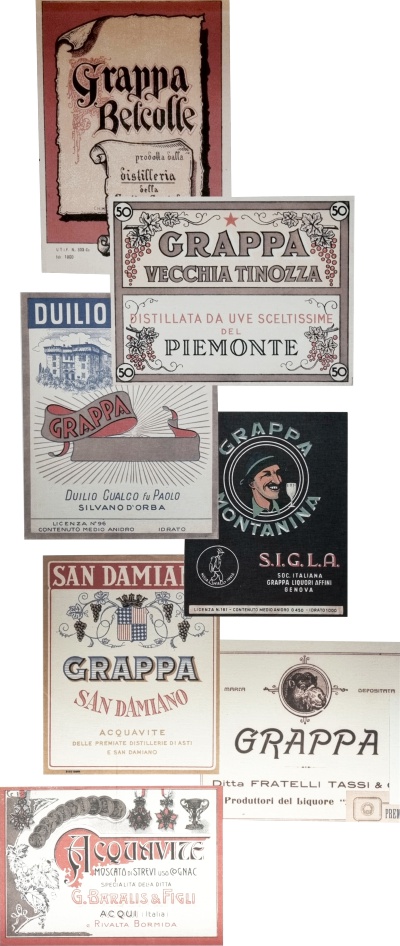Origins and development of Italian distilleries
Towards the mid-19th century, many distillers decided to stop mobile production and founded the first real distilleries. Often managed by families or small artisans, at this stage they were limited to producing Grappa and herbal liqueurs.
The 20th century is a period of great ferment for alcoholic beverage production in Italy. New distilleries and liquor factories (also called "Liqueur Factories") are born, and new trends emerge, such as the consumption of aperitif and digestif liqueurs.
The period between the two world wars is a time of particular growth for Grappa production. The flagship distillate gains popularity, and production continues to grow even after the Second World War.
From the 1960s, companies are renewed and invest in new technologies. It is a revolution especially for the world of Grappa, with the proliferation of continuous cycle distillation plants.
It is precisely in this phase that a good part of the distilleries goes into crisis because artisanal production cannot withstand the competition of industrial production.
The crisis will last about a decade and will result in the closure of the vast majority of Italian distilleries, which will decrease from about 2000 to about 90. The surviving companies will in fact be those with industrial plants and artisanal distilleries that focus on the quality of spirits.
To commemorate the important role played by Italian distilleries and liquor factories, the Poli Grappa Museum has established a historical archive that collects commercial documents from numerous companies, many of which no longer exist. The documents provide valuable information on the market for spirits, liqueurs, and vermouths until 1960.
The 20th century is a period of great ferment for alcoholic beverage production in Italy. New distilleries and liquor factories (also called "Liqueur Factories") are born, and new trends emerge, such as the consumption of aperitif and digestif liqueurs.
The period between the two world wars is a time of particular growth for Grappa production. The flagship distillate gains popularity, and production continues to grow even after the Second World War.
From the 1960s, companies are renewed and invest in new technologies. It is a revolution especially for the world of Grappa, with the proliferation of continuous cycle distillation plants.
It is precisely in this phase that a good part of the distilleries goes into crisis because artisanal production cannot withstand the competition of industrial production.
The crisis will last about a decade and will result in the closure of the vast majority of Italian distilleries, which will decrease from about 2000 to about 90. The surviving companies will in fact be those with industrial plants and artisanal distilleries that focus on the quality of spirits.
To commemorate the important role played by Italian distilleries and liquor factories, the Poli Grappa Museum has established a historical archive that collects commercial documents from numerous companies, many of which no longer exist. The documents provide valuable information on the market for spirits, liqueurs, and vermouths until 1960.


